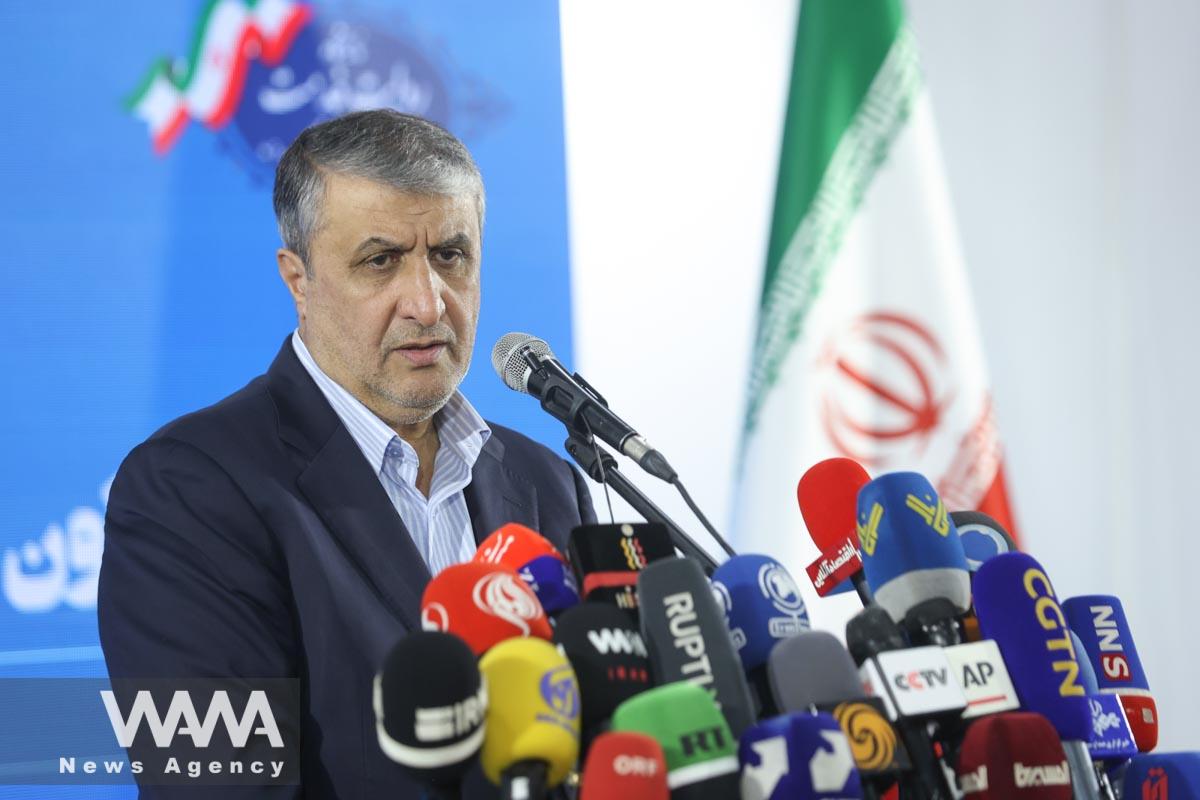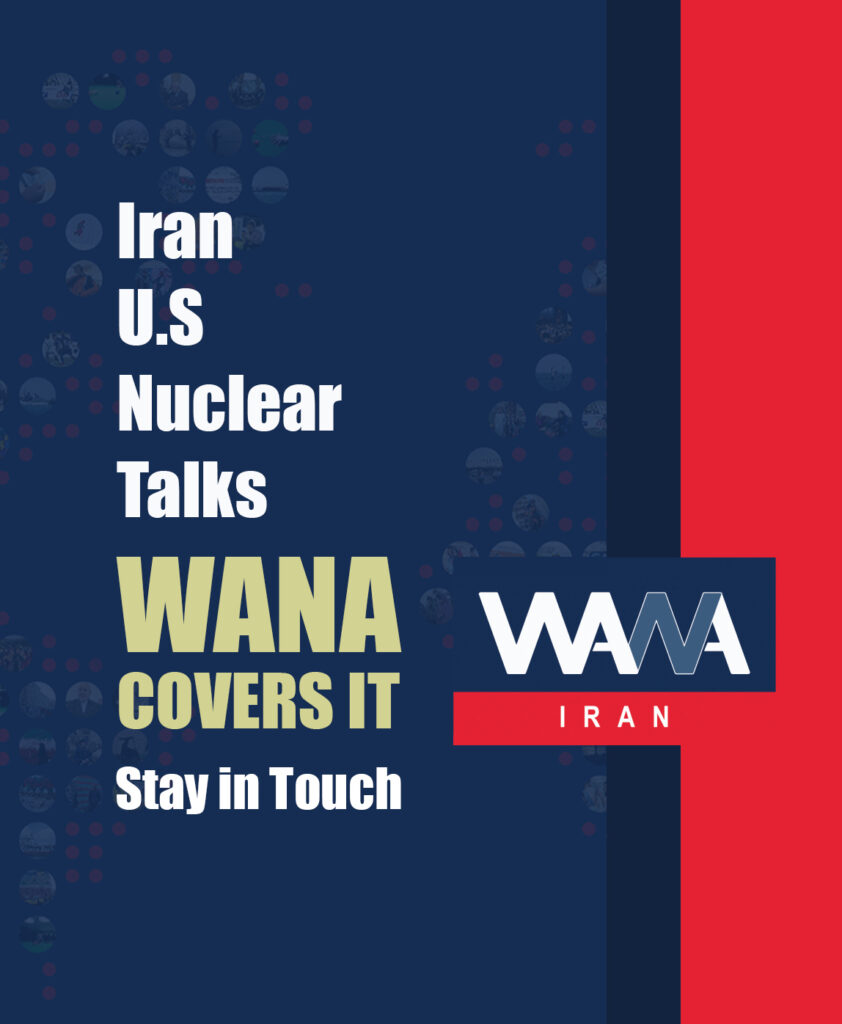Iran’s Nuclear Achievements: From Uranium to Radiopharmaceuticals
WANA (Apr 09) – April 9 is marked in the Iranian calendar as National Nuclear Technology Day—a date that signified a turning point in one of the world’s most sensitive technological arenas. In 2006, Iran officially announced that it had achieved peaceful nuclear technology and launched a complete uranium enrichment cycle. In the global discourse, this cycle is more than a technical process; it is often a test of independence, survival, and sometimes the high cost of defiance against the international order.
From its inception, Iran’s nuclear journey faced formidable obstacles. Following the 1979 revolution, Western-backed projects came to a sudden halt. But Iran chose a different path: self-sufficiency.
With the departure of foreign companies and experts, Iran had to rebuild everything from scratch—without blueprints, advanced equipment, or major investments. What remained, however, was a motivated human capital: a generation of young scientists with bold aspirations.
In the years that followed, Iran came under the weight of some of the most severe international sanctions. Every technical component, every chemical material, every bit of expertise that could support the nuclear program was blocked. Yet in this constrained environment, something remarkable happened: progress.
On April 9, 2006, many Western capitals declared that Iran had reached a “point of no return”—a phrase that conveyed both a threat and an acknowledgment of advancement.
Why is a nuclear Iran so concerning to the West? The answer lies in one word: monopoly. For decades, nuclear technology was monopolized by a handful of countries that positioned themselves as gatekeepers of global development. By indigenizing the full nuclear fuel cycle, Iran broke that monopoly.
Pezeshkian Visits Exhibition of #Iran’s Nuclear Industry Achievements
Coinciding with Iran’s National Nuclear Technology Day, Iran’s President, visited the exhibition showcasing the country’s #nuclear industry…#Irans_National_Nuclear_Technology_Dayhttps://t.co/ne0x8wHvbt
— WANA News Agency (@WANAIran) April 9, 2025
That milestone was the result of years of quiet work by Iranian researchers who, despite sanctions, isolation, and scientific restrictions, localized one of the most complex technologies known today. Since then, Iran’s nuclear program has evolved from a security or geopolitical matter into a key pillar of the country’s industrial, medical, and environmental development.
But the real question since then has been: What has Iran done with this technology? Contrary to the typical portrayal of Iran’s nuclear program, many of its outcomes have emerged not in underground facilities, but on hospital shelves, in farmlands, and at the heart of factories.
Following the initial breakthrough, researchers at Iran’s Atomic Energy Organization rapidly expanded their focus from fuel production to a wide array of nuclear technology applications. Despite prevailing stereotypes, the majority of Iran’s nuclear achievements are now visible in civilian industries and public services.
In medicine, Iran is now considered a leading producer of radiopharmaceuticals in the region—vital for diagnosing and treating diseases such as cancer. These drugs serve over a million patients annually. Some are not only diagnostic or therapeutic but also used for chronic pain relief, directly improving patients’ quality of life. They are exported to 15 countries and have become a key element of Iran’s scientific diplomacy.

Phase Three of Iran’s Nuclear Industry Development Begins
WANA (Apr 09) – The head of Iran’s Atomic Energy Organization announced the launch of the third phase of the country’s nuclear industry development, emphasizing its alignment with national healthcare and economic goals. Speaking on Wednesday, April 9, during the National Nuclear Technology Day ceremony, Mohammad Eslami, head of the Atomic Energy Organization of […]
But the reach of nuclear technology doesn’t end there. In agriculture, radiation-based devices have significantly extended the shelf life of products—sometimes up to a year—by sterilizing and preserving them. In various industries, nuclear-based measurement tools function as critical control systems—the “brains” of factories—ensuring accuracy, safety, and productivity.
Meanwhile, the Bushehr nuclear power plant has generated over 70 million megawatt-hours of electricity since its launch, proving that nuclear energy can play a vital role in Iran’s energy mix. In parallel, Iran has invested in newer projects like plasma technology for advanced waste treatment. Plasma has the potential to eliminate up to 70–80% of pollutants in industrial wastewater—highlighting the synergy between high-tech innovation and environmental needs.
Yet, perhaps the most notable achievement isn’t in the list of technologies or production charts. It lies in the narrative Iran has constructed around nuclear technology. Unlike many nations that associate nuclear industries with deterrence and military supremacy, Iran has strived to link this technology to development, healthcare, engineering, and environmental preservation. This reframing is precisely what makes Iran’s nuclear case more complex than simple negotiations and enrichment figures.
What truly sets Iran’s nuclear industry apart today is not merely the breadth of its applications, but its complete reliance on domestic expertise and indigenous knowledge. Built on a network of young researchers and local universities, this program has achieved a level of self-reliance under sanctions that even some advanced countries have yet to reach.
Over the past two decades, Iran has pursued not just access to technology but the establishment of an alternative model of scientific development—one in which knowledge is directly transformed into tangible benefits for society and industry. That’s what makes Iran’s nuclear industry not just a symbol of power, but a testament to technological independence—a status Tehran is determined to uphold.
For many observers, nuclear programs still evoke images of uranium enrichment and red lines. But for Iran, the nuclear industry has created a different narrative—one that suggests if the global clubs won’t admit you, you can build your own. A club defined not by warheads, but by radiopharmaceuticals, plasma, and the digital brains powering tomorrow’s factories













